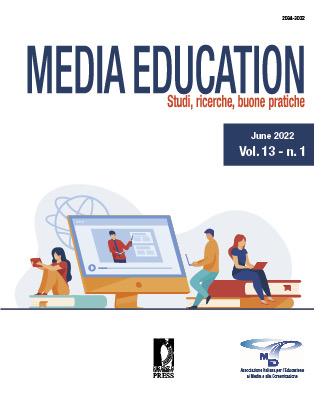Disability on drama TV: How attitudes about disability in the US relate to viewing frequency and identification with a character with a disability on “Glee”
Published 2022-04-28
Keywords
- disability,
- media effects,
- identification,
- media inclusion,
- social cognitive
Abstract
Although the relationship between attitudes about minorities and television portrayals has been a long-studied topic, individuals with disability have often been left out. This study demonstrates how exposure to disability portrayal on television relates to attitudes about individuals with disability. An online survey examined respondents’ viewing habits of the television program “Glee,” which had a main character, Artie, who used a wheelchair, and how viewing this representation related to attitudes about individuals with disability. The results showed that identification with Artie is correlated with frequency of viewing and to more positive attitudes about individuals with disability. In addition, any viewing of “Glee,” rather than frequency, was related to more positive attitudes about individuals with disability. While findings were explained through social cognitive theory and identification, results did not line up with cultivation theory. The findings demonstrate that viewing a TV show with a character with a disability relates to more positive attitudes about individuals with disability and hopes to encourage more inclusion in the media landscape.

